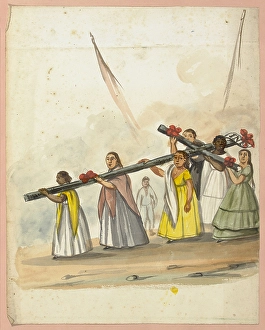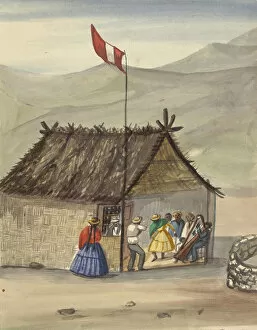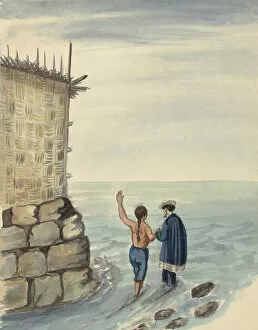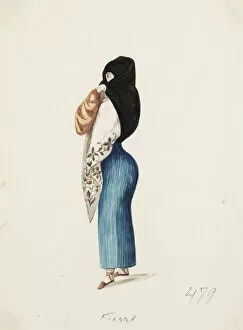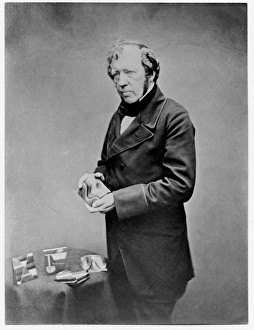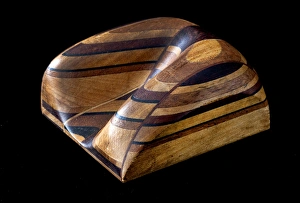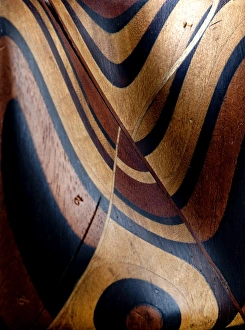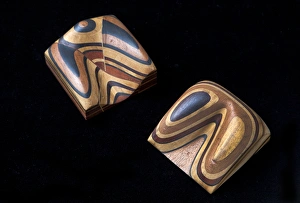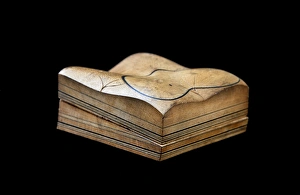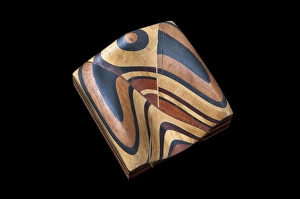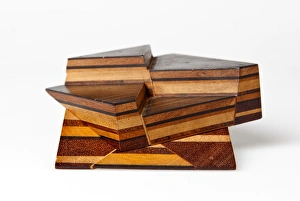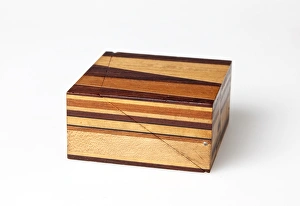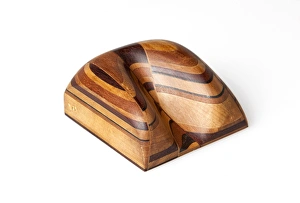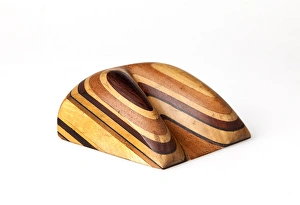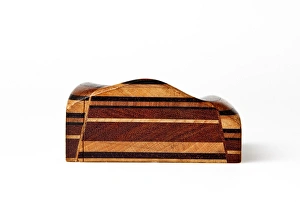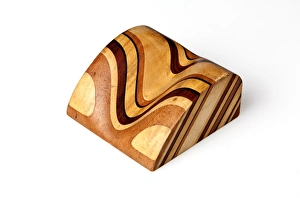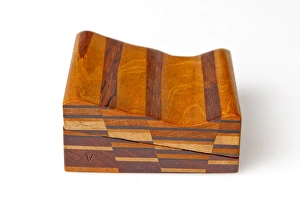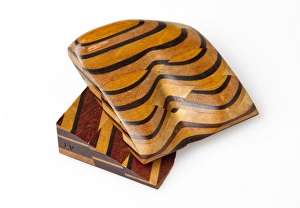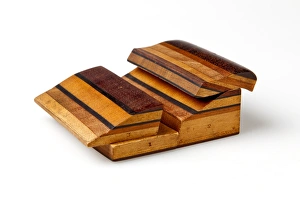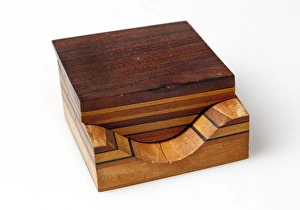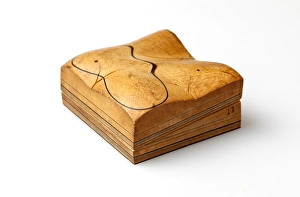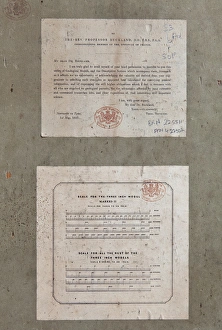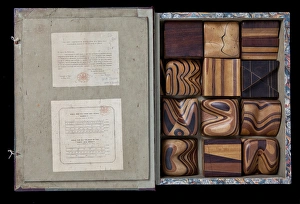1803 1879 Collection
Thomas Sopwith (1803-1879) was a renowned geologist and engineer who dedicated his life to understanding the intricate processes that shape our Earth
All Professionally Made to Order for Quick Shipping
Thomas Sopwith (1803-1879) was a renowned geologist and engineer who dedicated his life to understanding the intricate processes that shape our Earth. Through his groundbreaking work, he created a series of geological models that revolutionized the field. One such model, the Sopwith Model XII, focused on the denudation of mineral veins. By meticulously studying these formations, Sopwith unraveled their origins and how they were affected by erosion over time. His findings shed light on the complex interplay between geological forces and helped scientists better comprehend this natural phenomenon. In addition to vein denudation, Sopwith also explored surface denudation in his Model VII. This research delved into how veins are exposed at the Earth's surface due to various erosional processes. By analyzing these patterns, he provided valuable insights into the evolution of landscapes and their impact on mineral deposits. Sopwith's expertise extended beyond just denudation; he also investigated faulting and coal strata near Newcastle with his Models II and VI respectively. These studies allowed him to map out fault lines accurately while providing crucial information about coal reserves in specific regions. Furthermore, Sopwith examined intersecting mineral veins using his Model XI. This innovative approach enabled him to understand how different veins interacted within rock formations vertically. Such knowledge proved vital for mining operations as it guided miners towards more productive areas rich in minerals. The importance of understanding vertical intersecting veins led Sopwith to develop another model: Model XII - Mineral Vein Denudation. With this model, he further expanded upon previous research by investigating how these intersecting veins were affected by erosion over time. Sopwith's dedication did not stop there; he explored overcutting of strata through his Model VIII and studied surface denudation extensively with Models VII and X - which specifically focused on denuded bassets of strata or exposed layers of rock.

